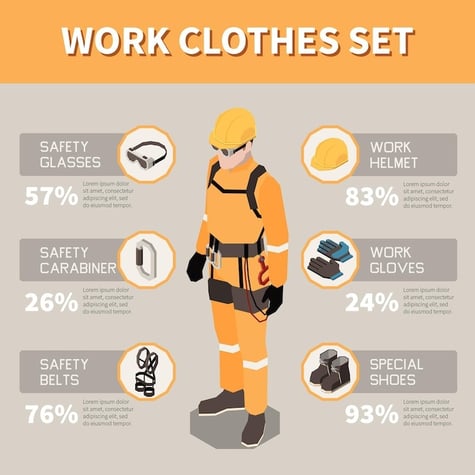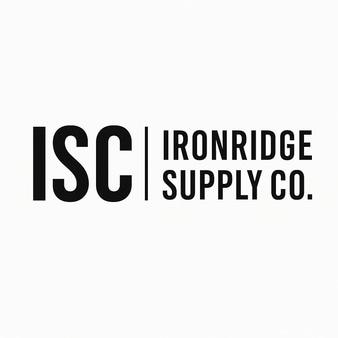When to Replace Your PPE: Lifespan Guidelines for Safety Gear
PPE AND SAFETY EQUIPMENT


Personal Protective Equipment (PPE) doesn’t last forever—and using worn or expired gear can be just as dangerous as not wearing it at all. Whether you’re managing a facility or outfitting a crew, knowing when to replace PPE is critical for keeping your team safe and OSHA-compliant.
1. Hard Hats: Replace Every 5 Years (or Sooner!)
Standard Lifespan: 5 years from manufacture date; 2 years for suspension components.
Signs of Wear:
Faded color (UV damage)
Cracks, dents, or brittle shell
Loose or broken suspension straps
🛠 Pro Tip: Check the manufacturing stamp inside the shell. Replace after any impact, even if no visible damage occurs.
2. Eye and Face Protection: Watch for Scratches, Warping, or Fogging
Safety Glasses/Goggles:
Replace every 6–12 months or immediately if scratched.
Coatings (anti-fog or UV) degrade over time.
Face Shields:
Replace if the shield becomes hazy, warped, or cracked.
👓 Pro Tip: Store eyewear in a clean case to extend life and reduce damage.
3. Hearing Protection: Foam Plugs vs. Earmuffs
Foam Earplugs:
Disposable. Replace after every use.
Reusable Plugs:
Replace every few weeks or if dirty/damaged.
Earmuffs:
Replace cushions every 6 months; entire unit every 1–2 years.
🎧 Watch For:
Flattened or cracked ear cushions
Loose headbands
Degraded seal around ears
4. Gloves: Varies by Material and Usage
Nitrile (disposable)1 use only
Leather Work GlovesWeeks to months
Cut-Resistant GlovesVaries—replace when frayed
Chemical-ResistantUse-dependent; check labeling
🧤 Pro Tip: Gloves that lose flexibility or protective coating should be replaced immediately.
5. Respirators and Masks: Fit and Filter Matter
N95/Disposable Respirators:
Replace after 8 hours of use, or sooner if wet, dirty, or damaged.
Reusable Half/Full Face Respirators:
Filters: Replace based on exposure time and air quality (usually 40 hours of use or 30 days after opening).
Facepiece: Inspect monthly, replace if cracked or warped.
😷 Watch For:
Difficulty breathing through filters
Cracks in rubber/silicone
Expired cartridges (check dates!)
6. Protective Apparel: Signs of Wear and Fabric Breakdown
High-Visibility Gear:
Replace if faded, dirty beyond cleaning, or torn.
ANSI guidelines require garments to be reflective and visible in all lighting conditions.
Coveralls and Jackets:
Inspect for tears, missing closures, or material thinning.
Fire-resistant garments must be replaced after repeated high-heat exposure or contamination.
👕 Reminder: PPE that has absorbed oils, chemicals, or fuels may no longer provide proper protection—even if it looks fine.
7. Safety Footwear: Sole Separation = Time to Replace
Replace When:
Tread is worn smooth
Steel/composite toe is exposed
Soles start to detach or crack
Average Lifespan: 6–12 months depending on usage and environment
👢 Pro Tip: Rotate between two pairs if working long shifts to extend lifespan.
How to Manage PPE Replacement Efficiently
✅ Use digital tracking tools or spreadsheets to log:
Issue date
Inspection schedule
Replacement due dates
✅ Conduct quarterly PPE inspections for all team members
✅ Provide training on how to recognize wear and request replacements
✅ Keep a labeled PPE station with clean, organized storage
Conclusion
PPE is only effective when it’s in top condition. Worn, broken, or expired equipment puts workers at risk and exposes companies to regulatory penalties. By following manufacturer guidelines and proactively replacing gear, you help create a safer, more reliable workplace.
🗂 Need help building a PPE replacement schedule?
Download our free PPE Inspection & Replacement Tracker Spreadsheet.
